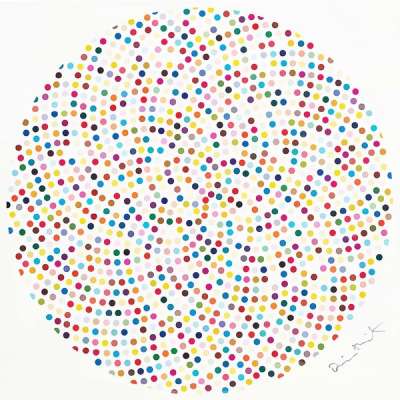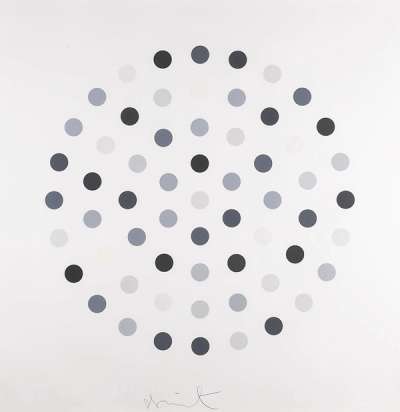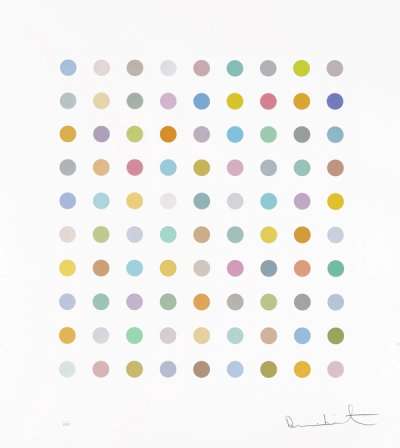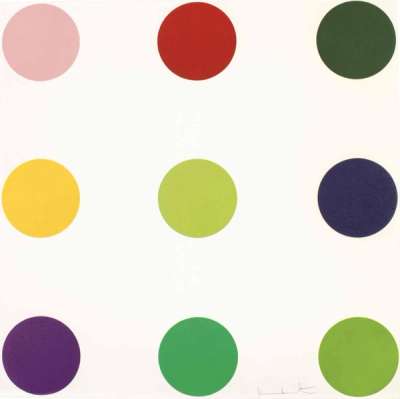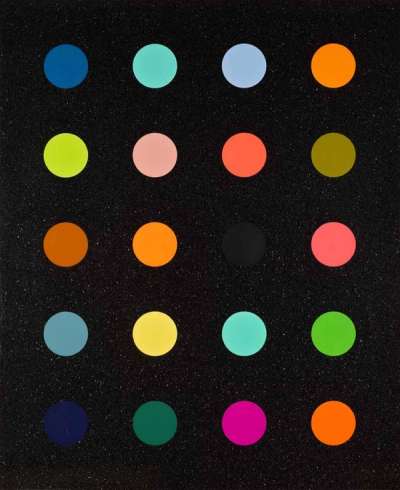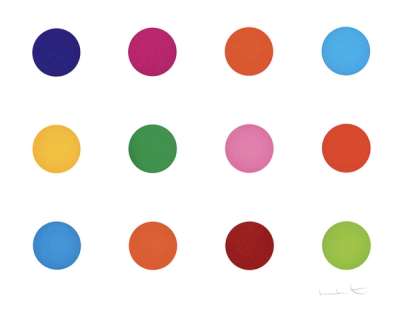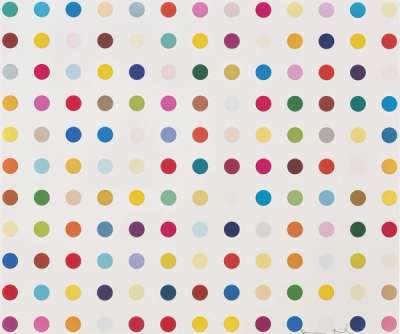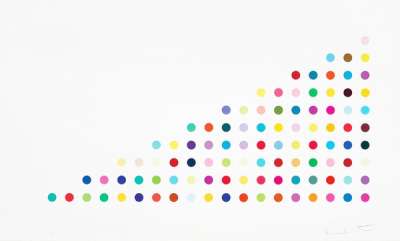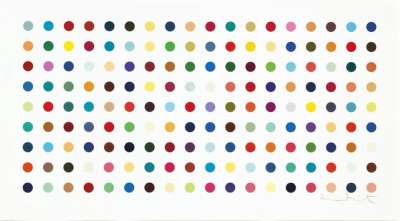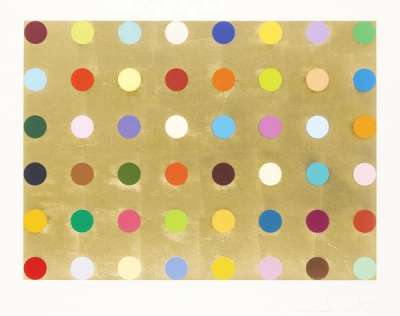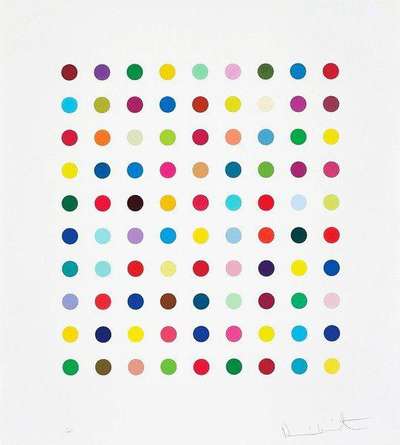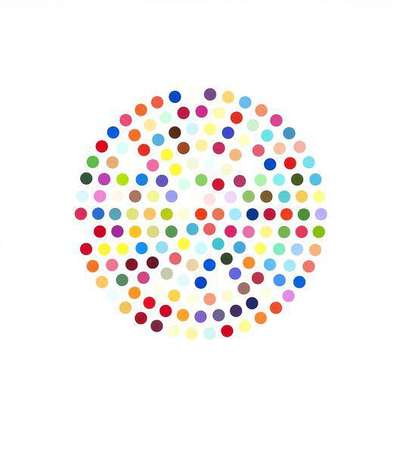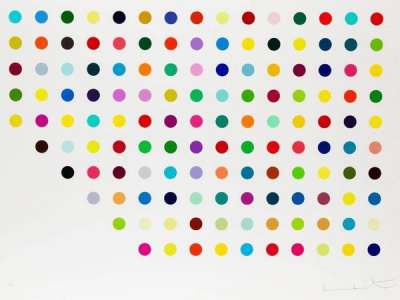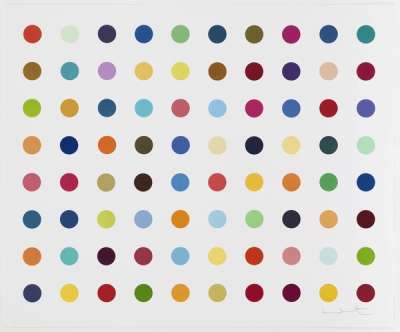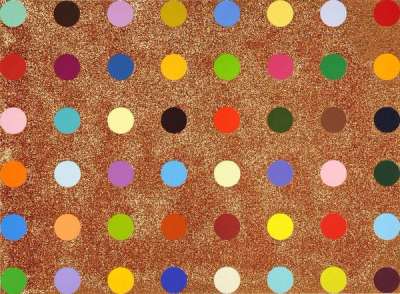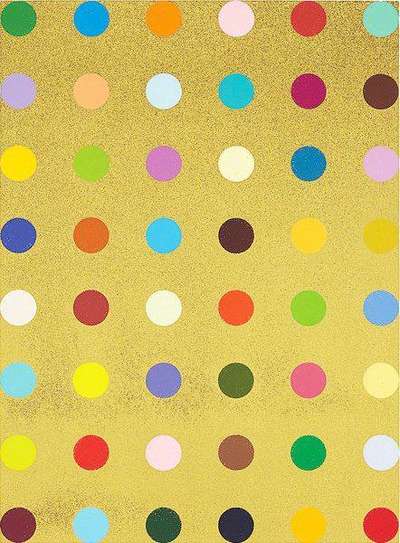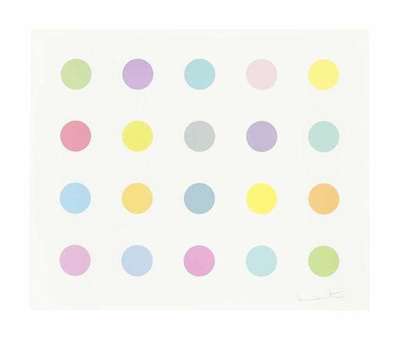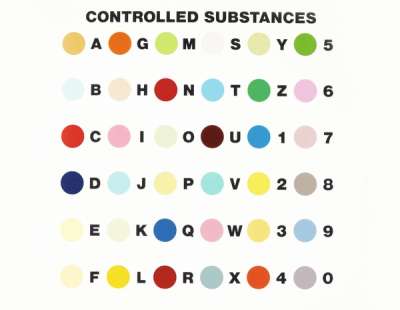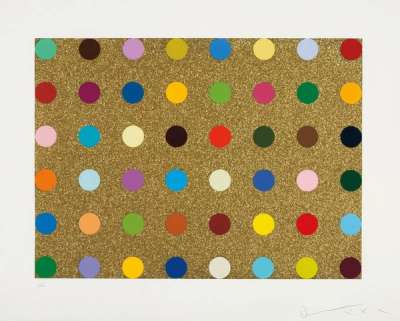
3-Methylthymidine
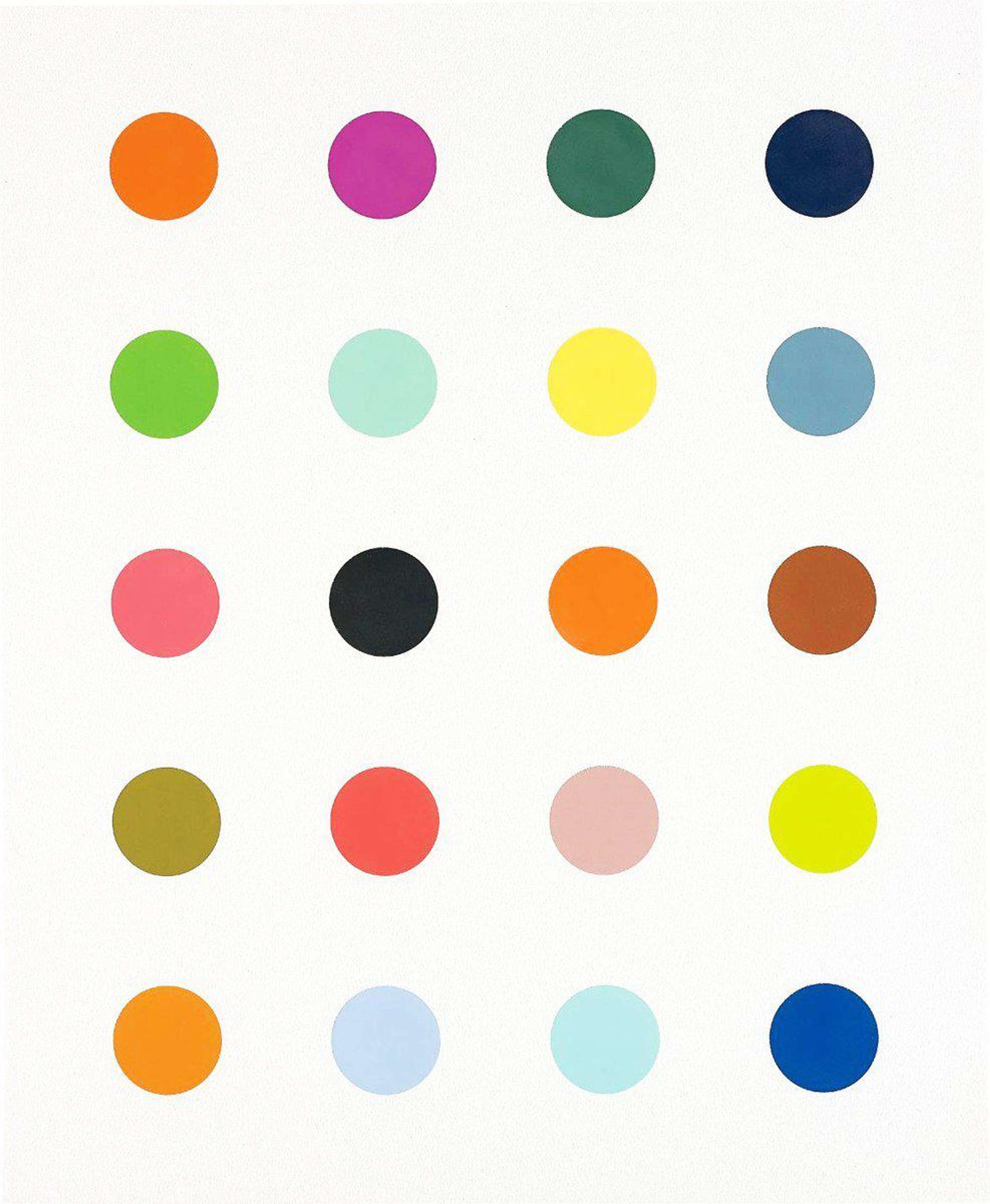
3-Methylthymidine
Signed Print
Damien Hirst
£16,000-£23,000
$30,000-$45,000 Value Indicator
$29,000-$40,000 Value Indicator
¥150,000-¥210,000 Value Indicator
€19,000-€28,000 Value Indicator
$160,000-$230,000 Value Indicator
¥3,070,000-¥4,410,000 Value Indicator
$20,000-$29,000 Value Indicator
AAGR (5 years) This estimate blends recent public auction records with our own private sale data and network demand.
There aren't enough data points on this work for a comprehensive result. Please speak to a specialist by making an enquiry.
Medium: Screenprint
Edition size: 100
Year: 2014
Size: H 84cm x W 68cm
Signed: Yes
Format: Signed Print
TradingFloor
Track this artwork in realtime
Watch artwork, manage valuations, track your portfolio and return against your collection
Track auction value trend
Auction Results
| Auction Date | Auction House | Location | Hammer Price | Return to Seller | Buyer Paid |
|---|---|---|---|---|---|
| March 2024 | Sotheby's London | United Kingdom | |||
| September 2019 | Phillips London | United Kingdom | |||
| June 2016 | Phillips London | United Kingdom |
Meaning & Analysis
3-Methylthymidine is a screen print from 2014 by Damien Hirst produced in an edition of 100. The vertical print shows eight rows of five spots that are identical in size and shape, each depicting a unique colour. Across the artist’s vast oeuvre every Spots painting represents a unique combination of colours, and the series of works is an exploration of colour and form that is distinctly Hirstian.
During his time at Goldsmiths, Hirst made a series of collages and wall- and floor-based works made form ceramic plates. Notably one of these, 8 Pans (1987) was made from brightly coloured pots and pans, hinting at a development towards the Spots paintings that were to follow. Hirst remained compelled to produce paintings and so on a three-panel board that he painted white, he randomly paints coloured spots with household gloss, the paint dripping down in the spaces between the dots. This marked the beginning of the Spots paintings .
Hirst recalls: “I remember the board came in eight by four sheets so I just got three of them and bolted them together with coach bolts. It was about the way the bolts looked like black dots, 16 of them on that painting, and I just painted dots all over. There were about 15 colours, then I added more, and tried using different colours, about 35 I think. But they were messy and I felt I needed to shed the mess. So I went on to the Spots paintings…”
